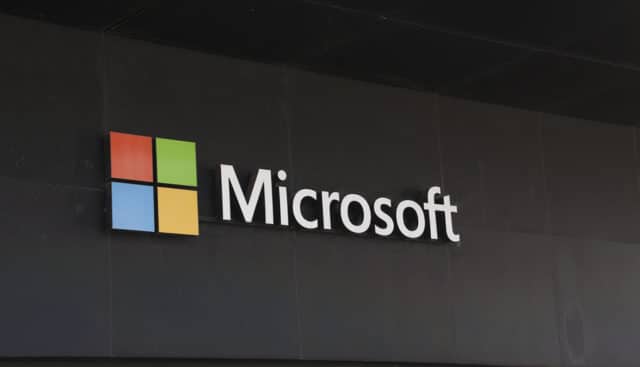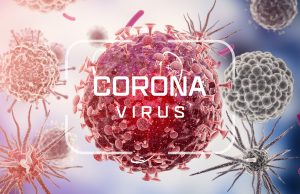The one word people tremble when they hear especially if they suffer from it, is cancer. Obviously continuous research for treatments has been conducted over the years and charities have been trying to raise money to find answers. There are hundreds of new cancer drugs in development and new research published minute to minute, helping doctors treat patients with personalized combinations that target the specific building blocks of their disease. The problem is there’s too much to read and too many drug combinations for doctors to choose the best option every time.
Here’s a thought. How about creating a Microsoft Research machine-learning project, that aims to ingest all the papers and help predict which drugs and which combinations are most effective? Technology can be quite a savior don’t you think?
Researchers at Oregon Health & Science University’s Knight Cancer Institute are working with, Hoifung Poon, to use the system to find drug combinations effective in fighting acute myeloid leukemia, an often-fatal cancer where treatment hasn’t improved much in decades. They include Jeff Tyner, and the institute’s director, Brian Druker, best known for pioneering Gleevec, which is a blockbuster drug for a different type of leukemia now owned by Novartis, that’s helped double those patients’ five-year survival rate since the 1990s. Quite remarkable I must say.
For all those wondering about the back-story with cancer and how it exactly functions in your body. Cancer is caused by genetic mutations that make cells grow and multiply out of control. The goal is to stop those cells growing and spreading. Better ability to find those specific mutations has enabled new types of drugs that target the disease more precisely, raising the odds of survival. The rising speed and falling cost for sequencing genes has boosted research, the development of therapies and means more cancer patients can gain exact data on their case.
It’s exciting, but it also provides researchers with the challenge of then what to do with all the data. That is where the idea of a biologist working with information scientists is so important. The combination of all those resources is going to help make the ultimate breakthroughs for more effective, less-toxic therapies.
Poon showed a slide of a melanoma patient with tumors on nearly every inch of his chest. In a second photo, the lesions completely cleared up after a targeted therapy. But a third showed most of the lesions returned a few weeks later after a different mutation enabled the cancer to roar back to life. A combination of targeted drugs could work here according to Poon.
Several projects were announced Tuesday by Microsoft to develop computational approaches to better cancer care and study. Other projects involve a machine-learning and computer-vision system to help radiologists understand tumor progress and an effort that could one day allow scientists to program cells to fight disease.
Poon wants to augment the work of so called tumor board reviews, where a number of doctors gather to discuss the best treatment option for patients. It’s important that a smart intelligent team comes together to discuss the best answers, insight is definitely important with a subject of this matter. One of the bottleneck’s right now for the tumor board is to understand all this knowledge and how can you extrapolate.
Poon’s work has been put to test for research on genes potentially related to breast cancers that are resistant to the most common types of treatments, called triple-negative breast cancer.
While these kinds of machine-learning based approaches are important to new cancer care, challenges of course remain. One is getting the information gleaned by machine-learning software into the hands of clinicians and into their regular workflow. And while some health insurers can be convinced to cover new and varied combinations of drugs if the research supports that, overall this is new territory for the insurance industry. Researchers will also need to find enough patients who are appropriate candidates to make sure varied and new combined therapies work. Nothing comes easy in life, there are always obstacles.
At the end of it all, if you eat a lot of red meat, drink like no tomorrow, and smoke a pack everyday; your chances of getting cancer will increase every day. Or you could fall under neither of those categories and still get cancer. So let’s break it down. What are your odds of getting cancer? Canadian Cancer Society believes that more than half (about 51%) of all new cases with cancer will be prostate, breast, lung and colorectal cancers. About 2 in 5 Canadians will develop cancer in their lifetimes and 1 in 4 will die of the disease. 63% of Canadians diagnosed with cancer will survive at least 5 years after their diagnosis.










